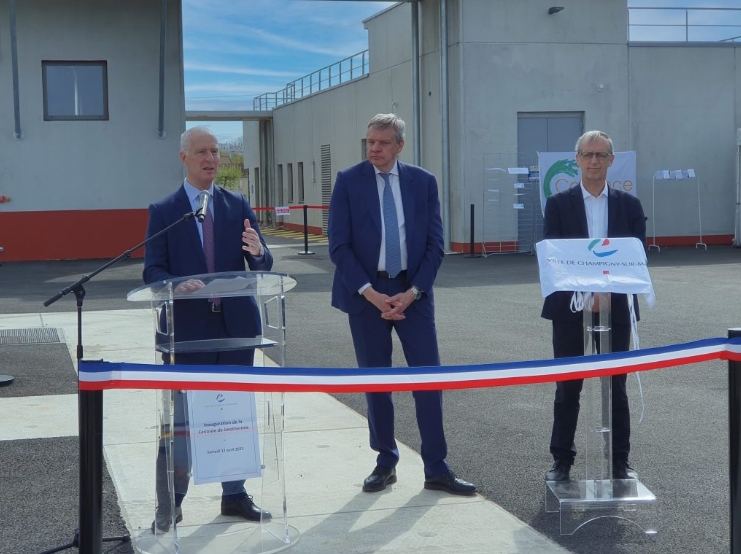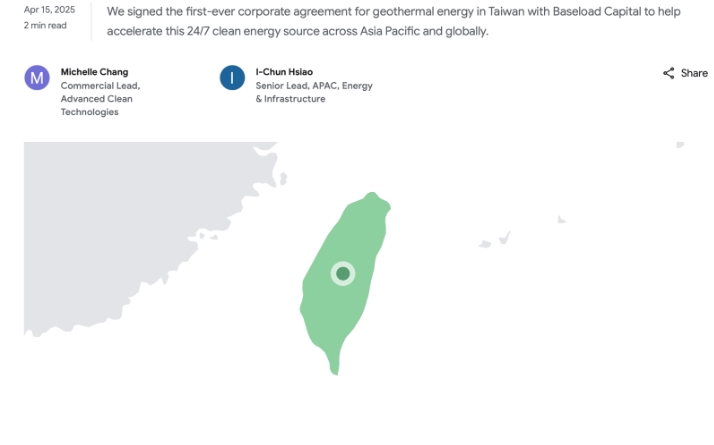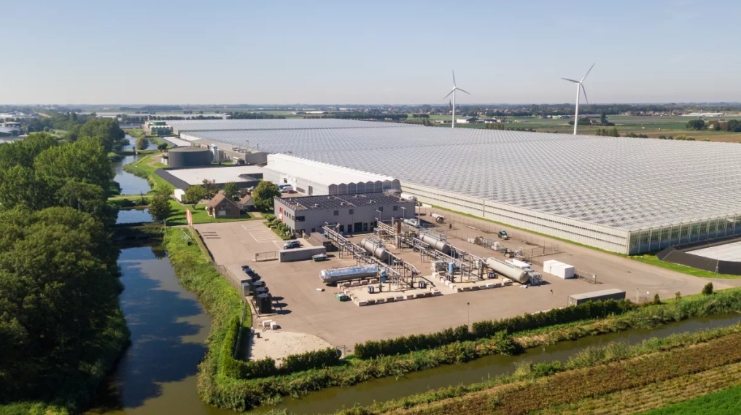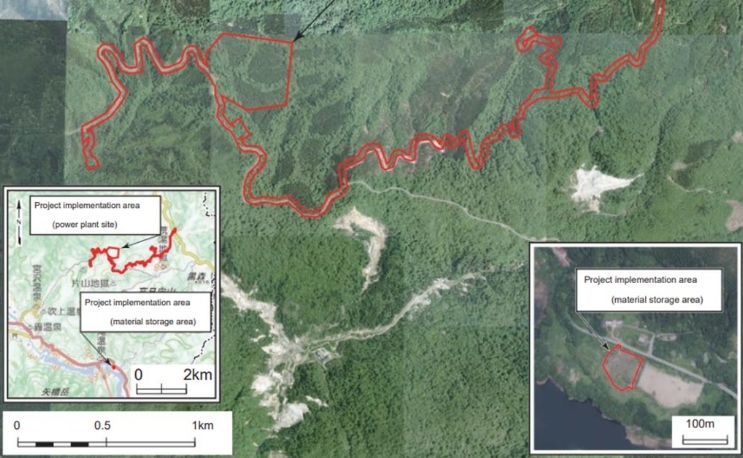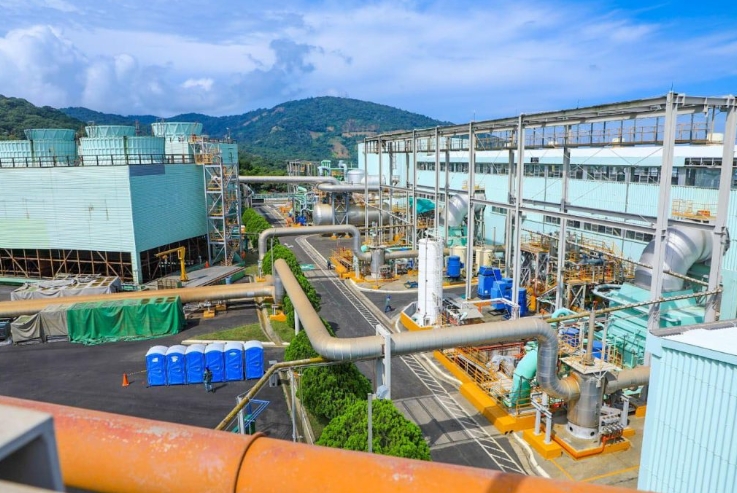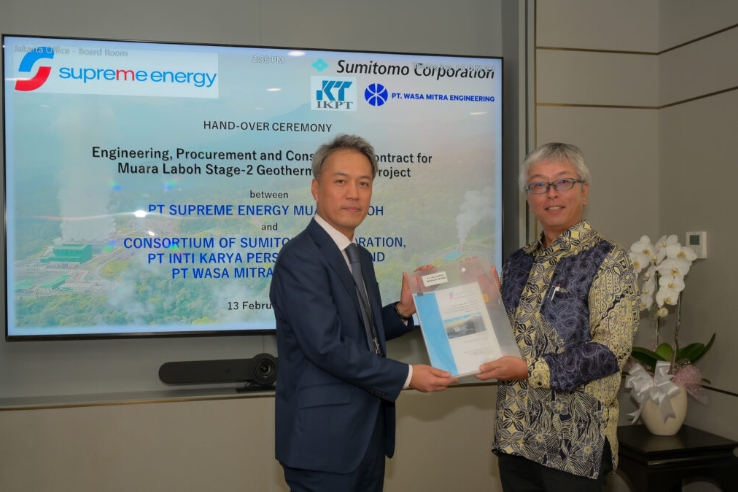While China is part of international efforts, they are also committed to building experimental reactors within their borders, and the latest one is expected to go online soon. The HL-2M will be located in Chengdu, Sichuan, constructed by the Southwest Institute of Physics under the China National Nuclear Corporation.
The reactor’s construction progress was announced at a conference a few weeks ago. HL-2M is a type of reactor known as a tokamak. These are shaped like a donut, but instead of a ring of fried dough, you have a ring of plasma hotter than the core of the Sun and constrained by strong magnetic fields.
The team expects the plasma in HL-2M to reach 200 million degrees Celsius (360 million degrees Fahrenheit), which will double the current Chinese record achieved by fellow tokamak EAST (Experimental Advanced Superconducting Tokamak). Experiments carried out on HL-2M will be important for ITER, the international collaboration funded by the European Union with contributions from China, India, Japan, South Korea, Russia, and the United States.
Nuclear fusion reactors work by turning hydrogen into helium. The central donut is a vacuum chamber where pure gas is inserted. A powerful electrical current strips the gas of its electrons, turning it into a plasma, which is constrained by strong magnetic fields. Collisions and auxiliary heating methods lead to incredible temperatures and pressures, and under those conditions, hydrogen nuclei merge to form helium. This releases a huge amount of energy, part of which is transferred to the chamber wall, from which it can be harnessed and turned into electricity.
HL-2M is another important stepping stone toward the China Fusion Engineering Testing Reactor (CFETR), still in the design phase. Although it is seen as the next step up from ITER, it not quite as powerful as DEMO – the proposed first nuclear fusion power station.
